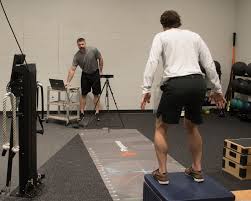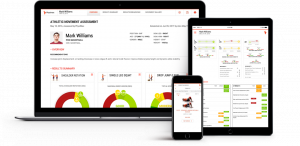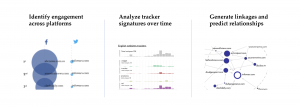Opportunity:
Fender Musical Instruments Corporation is a manufacturer of guitars, basses, amplifiers and auxiliary equipment. They target all levels of players from beginners to experts, across musical genres. The opportunity has arisen from their struggles in retaining their customers since many initial learners drop out due to the difficulty of subject and no clear direction of learning. They realized that a person who goes past the first year of training buys equipment worth thousands of dollars over their lifetime (Business Insider). Thus, the opportunity is to use digital tools and augmented intelligence to retain customers.
Solution:
Fender utilized sensors on their devices, big data analytics and cloud computing to launch Fender Play, a digital service that could generate revenue. The basic advantages to their solution can be broken down into several points:
- Track users’ progress, and give them access to systematic modules across a variety of ‘paths’ so that they can learn according to their own style. This solution is also driven by a demographic shift where the majority of novice guitar players are trying to learn songs that they like, not necessarily learn techniques emphasized in traditional classes or play in a band.
- In addition to providing users the ability to skip certain lessons, allow them to go at their own pace to save time and money compared to traditional instructors.
- Inter-device connectivity (guitars, amps, phone), with automatic updates and reminders, causing higher brand loyalty due to Fender owning the entire stack of guitar-related services.
Commercial promise:
Promise #1: Introducing a digital interface between a player and a guitar by adding sensors is a key enabler of the solution. Other musical instruments have interfaces that are easier to digitize (electric pianos). Digital pianos created a niche and made self-learning easier. We can expect a similar effect with digital guitars. An integration with social media and smartphones creates a collaboration platform that may, for example, allow remote band recitals, further reducing quitting rates.
Promise #2: Introduction of the smart guitar may do to a traditional guitar what electric piano did to an “acoustic” piano: displace it. Fender can benefit from a first mover advantage if the guitar market shifts towards digital.
Promise #3: Fender has considered the instructors segment by creating a tool that allows them to monitor and follow-up with students post-lesson during at-home practice. By doing so, they are showing that the platform was built to be accepted by all customers in the market without exclusion or resistance.
Because of the lack of publicly available data, we have found it difficult to directly measure the effectiveness of the program. Thus, we cannot predict the potential revenue and growth from this segment.
Competition
Fender has traditionally competed with large instrument and especially guitar manufacturers. Gibson is the most prominent competitor in this space. Fender could change their business model and reposition themselves as a digital services company, they would find themselves going against competitors in the digital content industry (e.g popular channels on Youtube) or even community and collaboration-based music platforms such as Soundcloud or Bandcamp if it allows users to post their own music on FenderPlay. These competitors might be equipped with much better analytic tools and capabilities, but there might be certain niche markets where Fender has better brand loyalty and can attract people (guitar-heavy music like rock).
Proposed alteration
Fender Play is priced at $19.99 a month for beginners. While this subscription price might seem reasonable, offering a free trial for customers who have purchased a Fender guitar would attract them to subscribe by trying it out before spending their money.
Fender should look into exploring the data collected and observe which lessons have users actually found helpful based on their level. By looking back at the data and observing which patterns were most likely for their users to stay as a loyal customer, Fender should then create clusters based on the data collected of each segment and create suggestions that were most likely to be helpful based on historical data and correlations. This strategy should start with casual users who typically dropped guitar lessons as part of their frustration because it narrows the suite of offerings while the digital ecosystem is built. With this increased intelligence and cloud storage capabilities, they might then be able to provide more personalized offerings in their ‘paths’.
A different strategy would be to link to popular music-tech companies like Spotify or Soundcloud to approach the target market that learns guitar to create their own music or collaborate with other artists.
Lastly, in order to keep their customers engaged so that they do not give up, Fender might incorporate a competition element into the platform, in which users would be able to see a scoreboard with their rankings against other peers. If there are rewards, badges, levels and an ability to compare progress with peers, people may have an increased incentive to stay involved than otherwise.
Sources:
https://blogs.wsj.com/cio/2017/07/25/the-morning-download-fender-launches-internet-of-the-guitar/
https://blogs.wsj.com/cio/2017/07/24/fender-amps-up-its-digital-play/
https://www.reuters.com/article/us-fender-musical-software/electric-guitar-maker-fender-jumps-into-online-learning-idUSKBN19R145
http://www.businessinsider.com/fender-play-review-2017-10
Team Members:
Mohammed Alrabiah
Tuneer De
Mikhail Uvarov
Colin Ambler
Lindsay Hanson





















